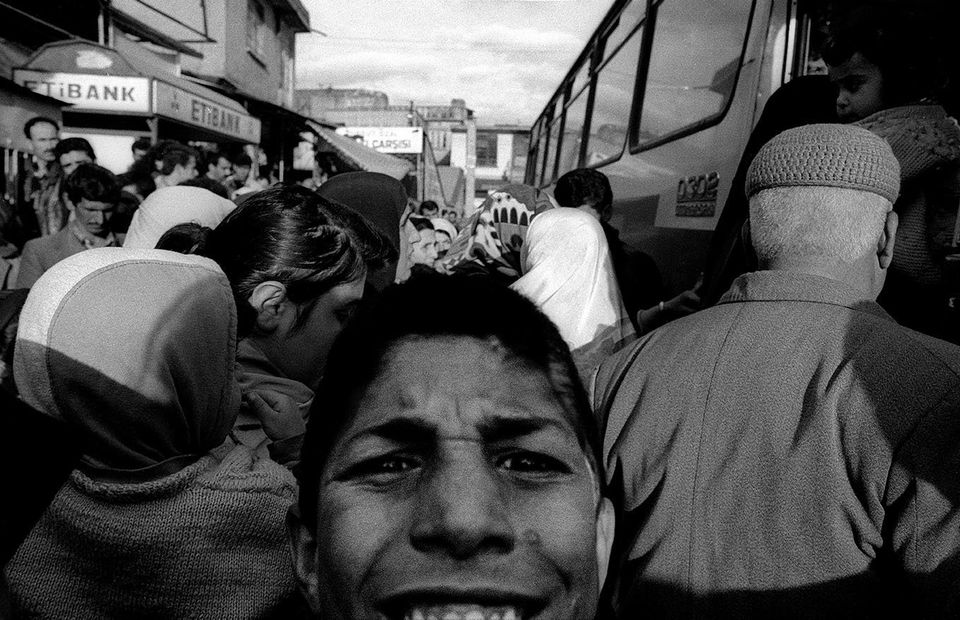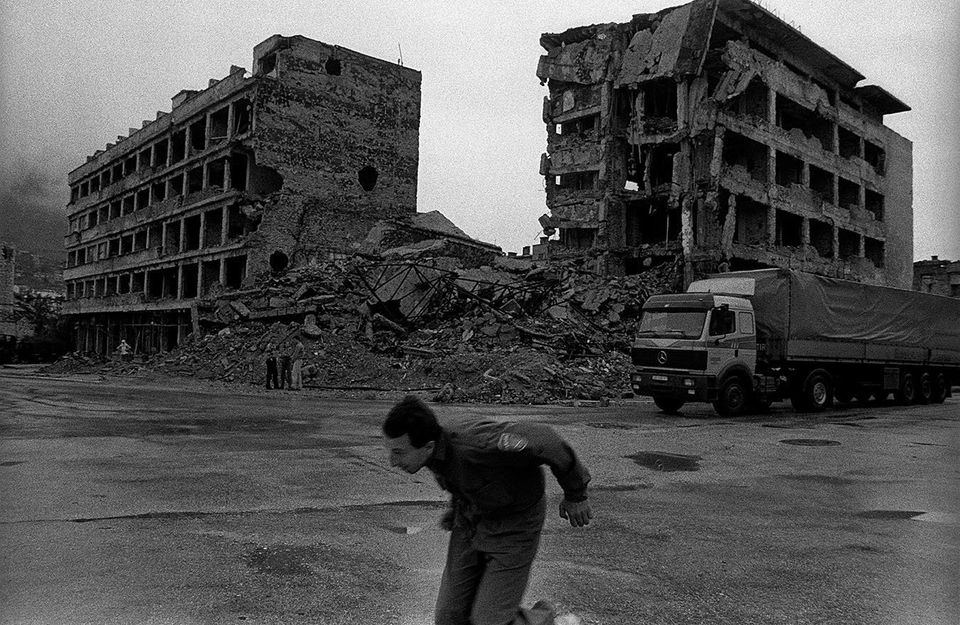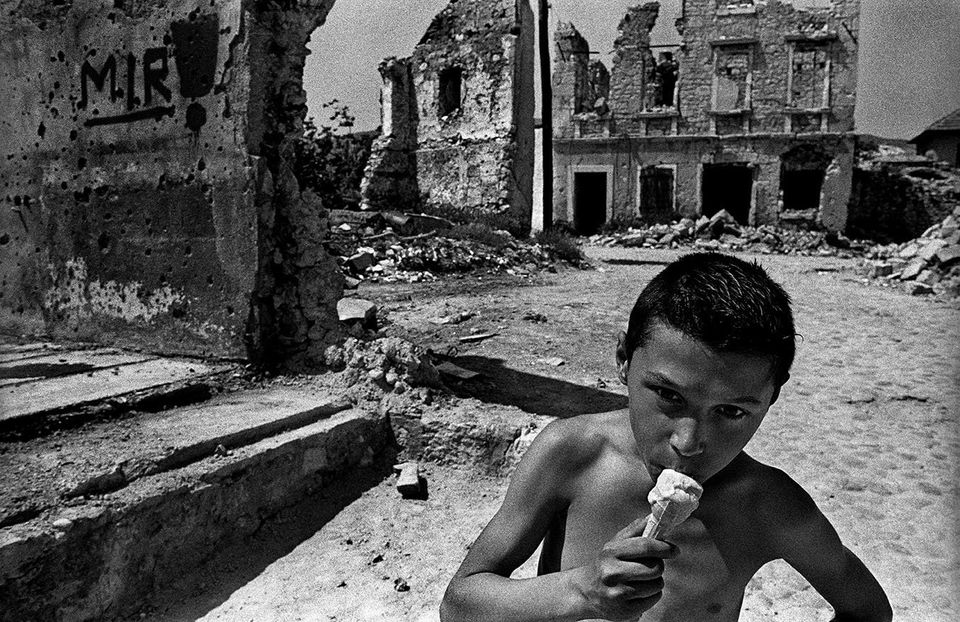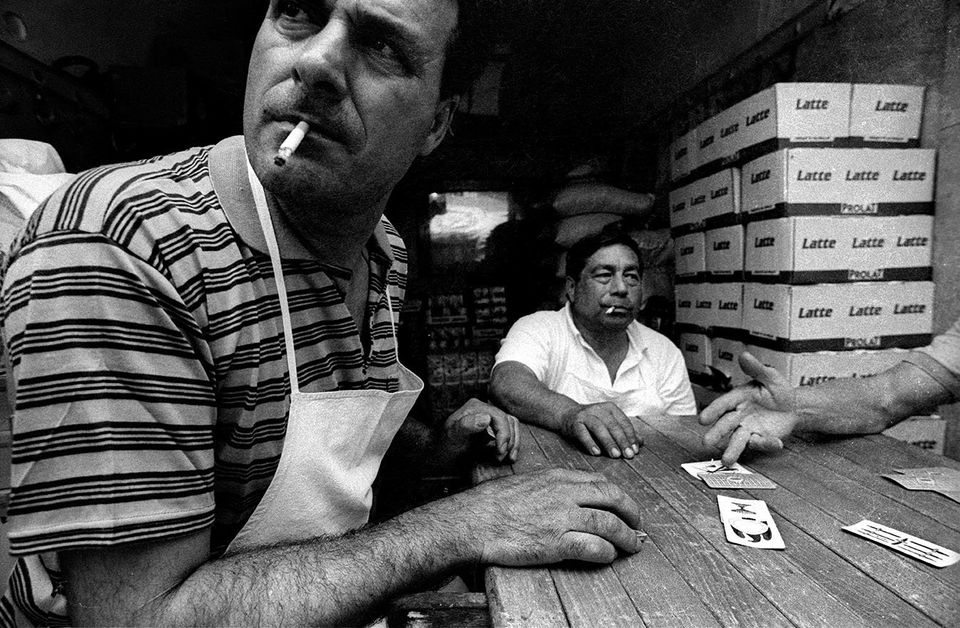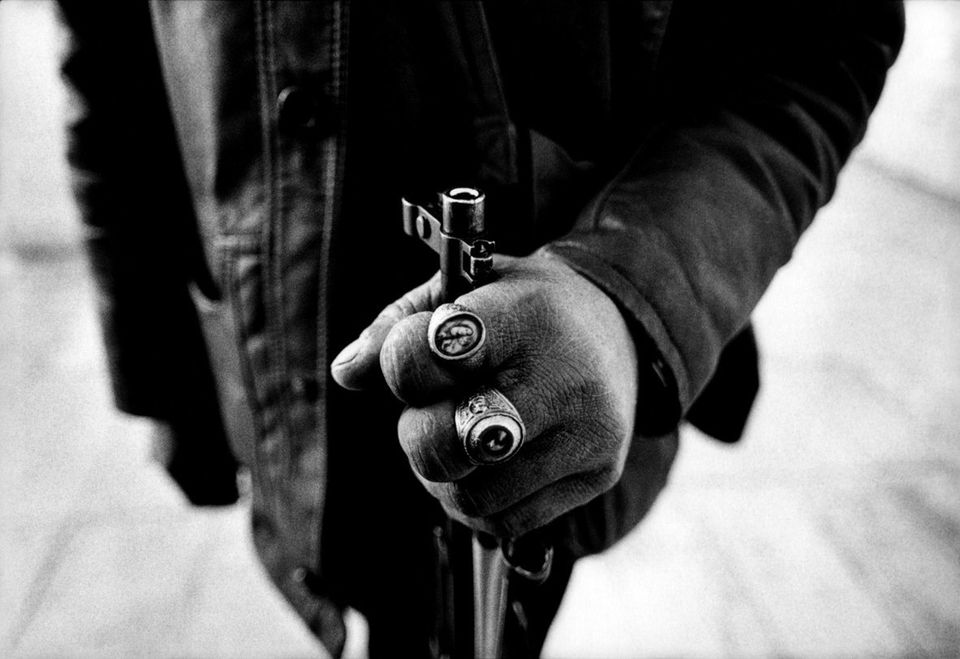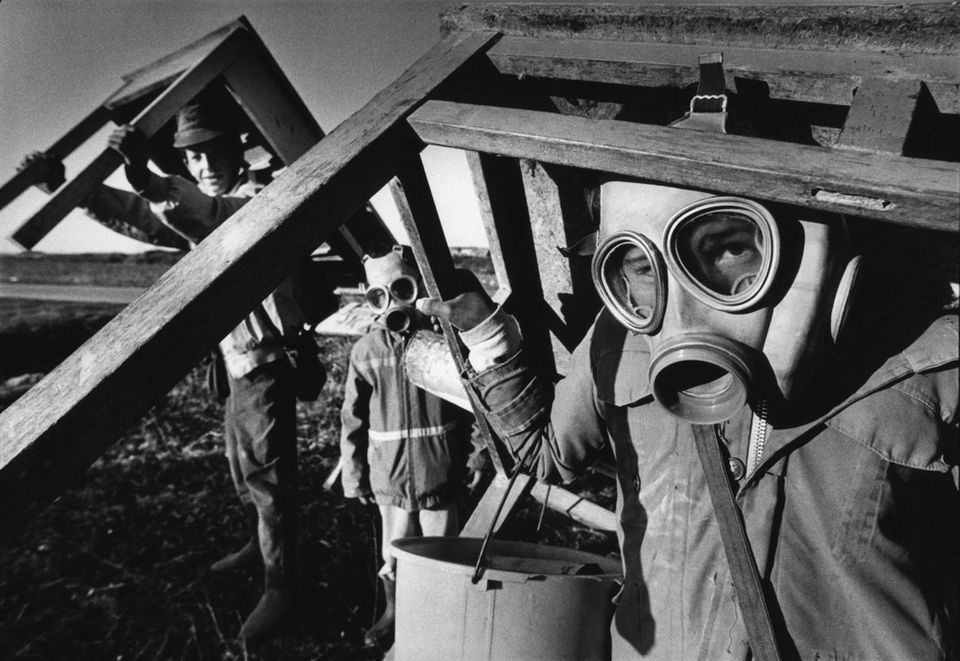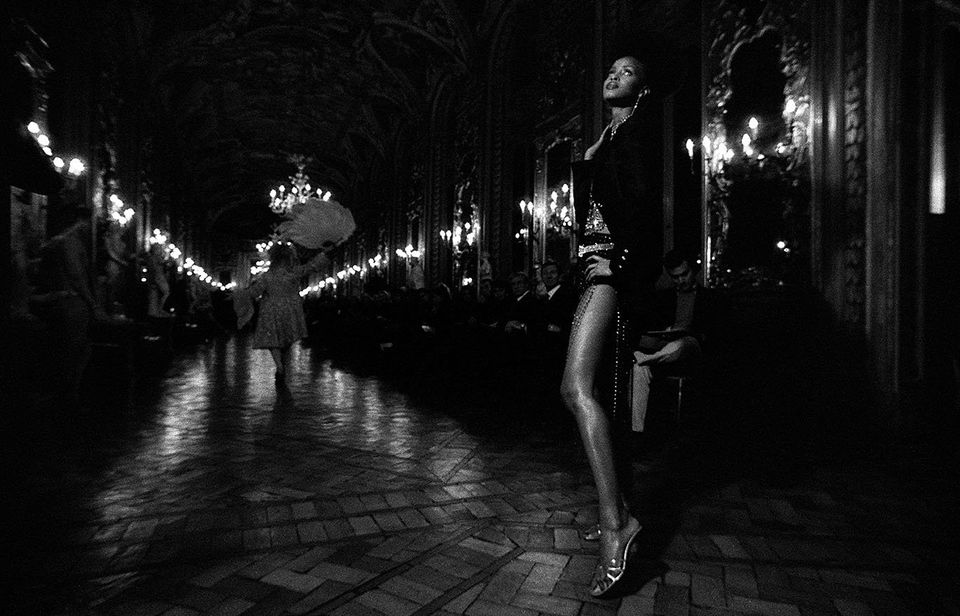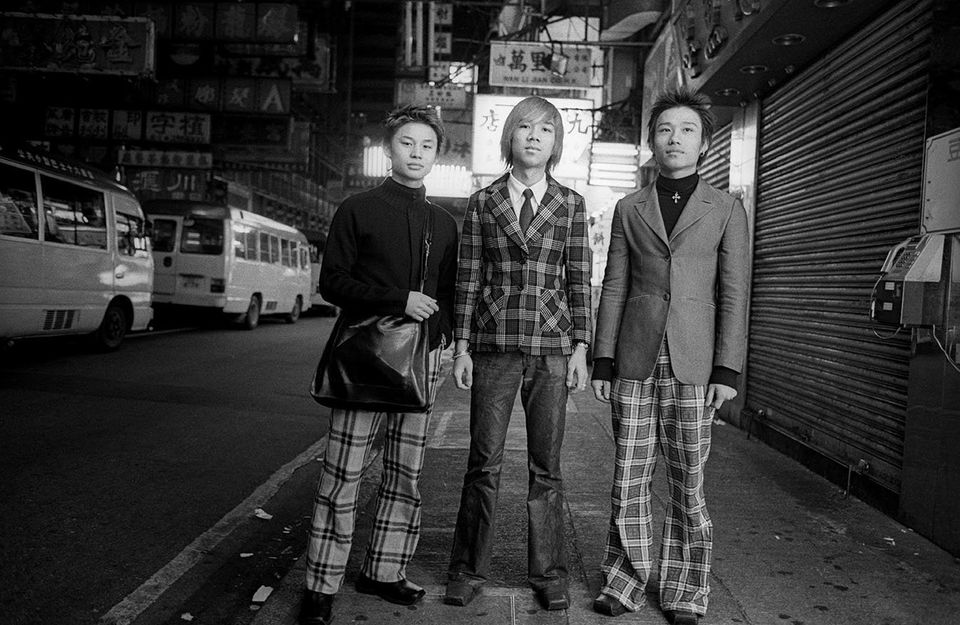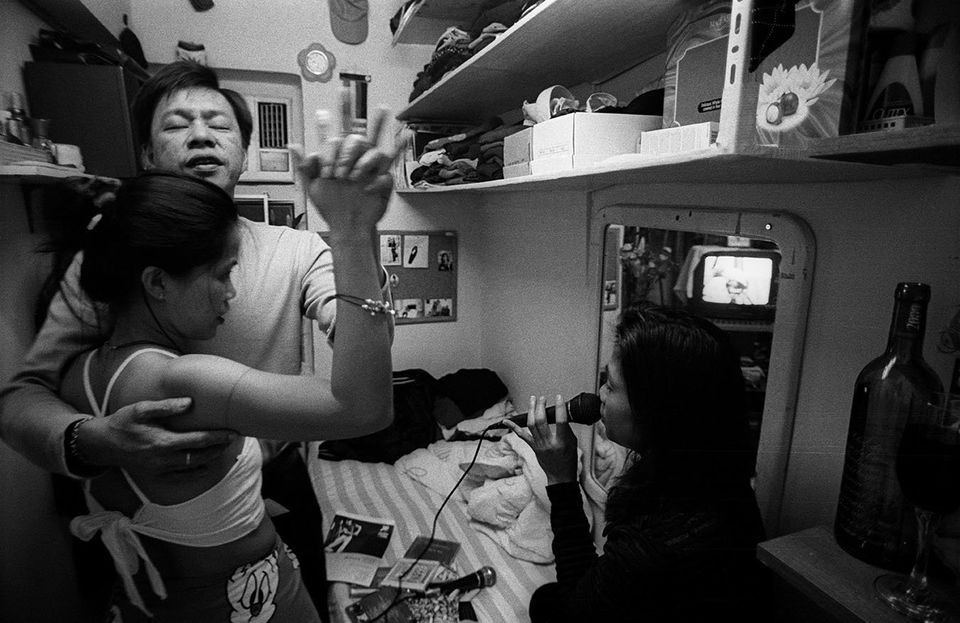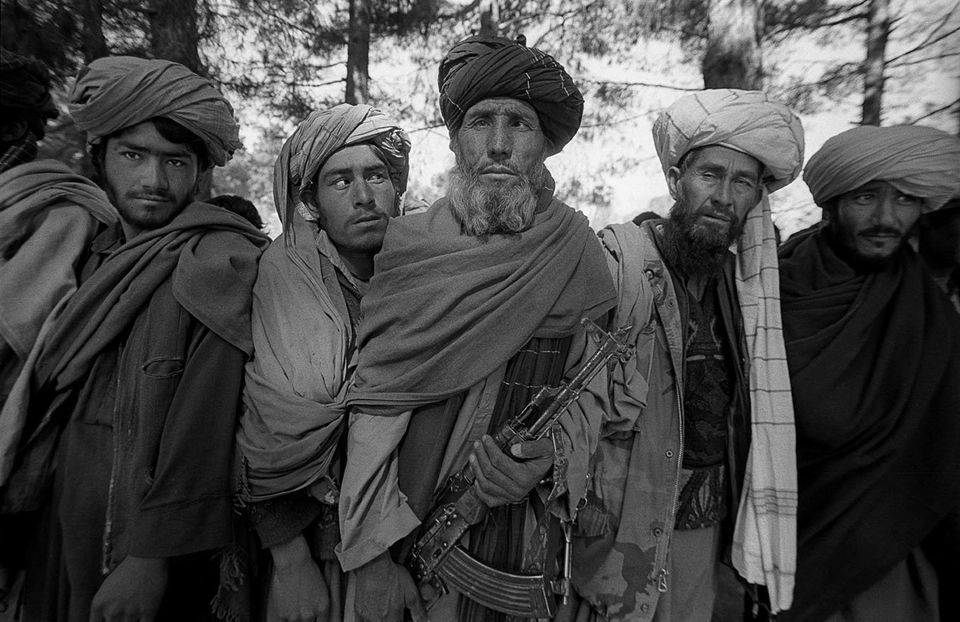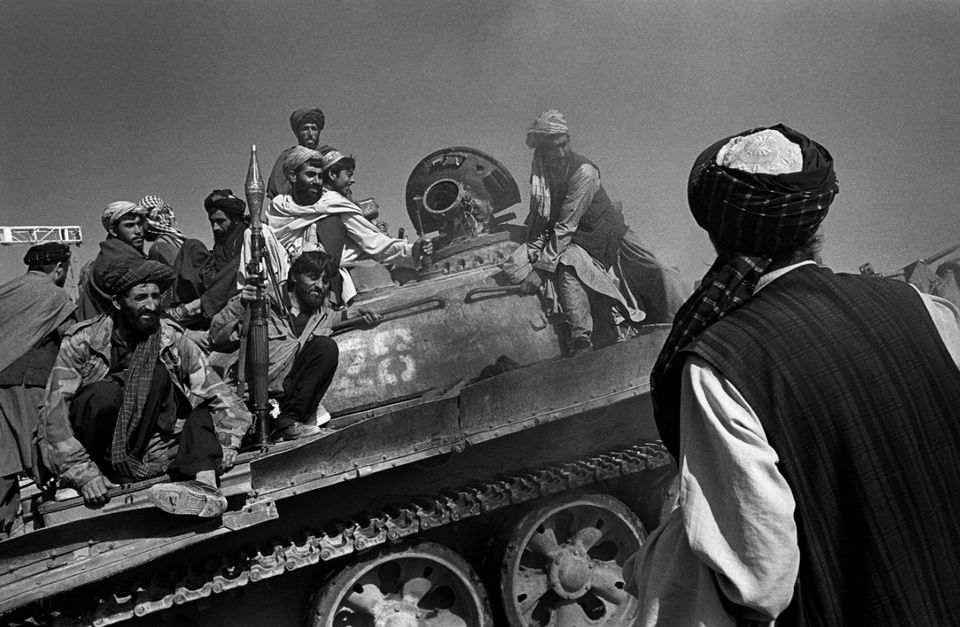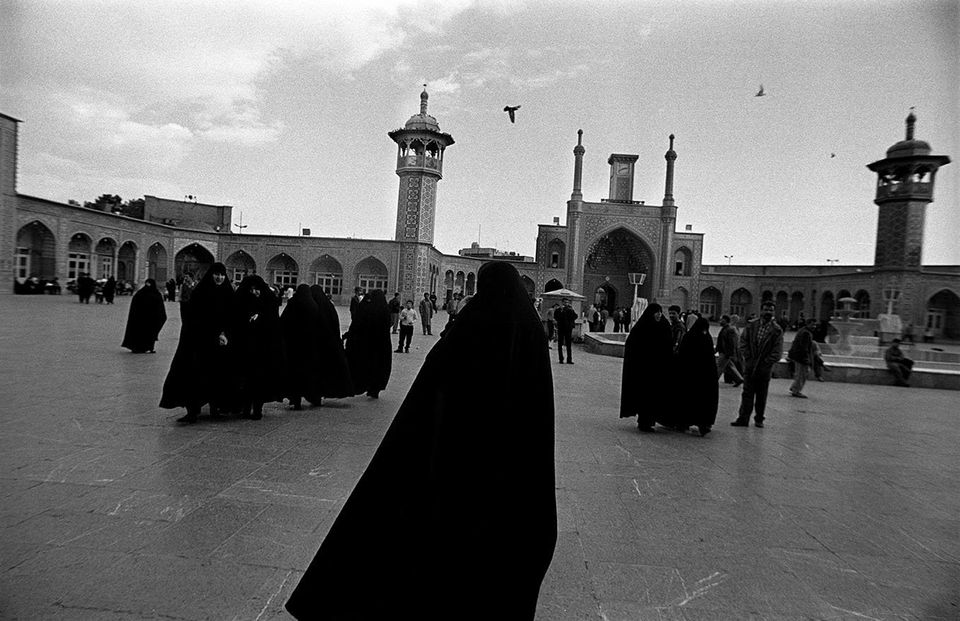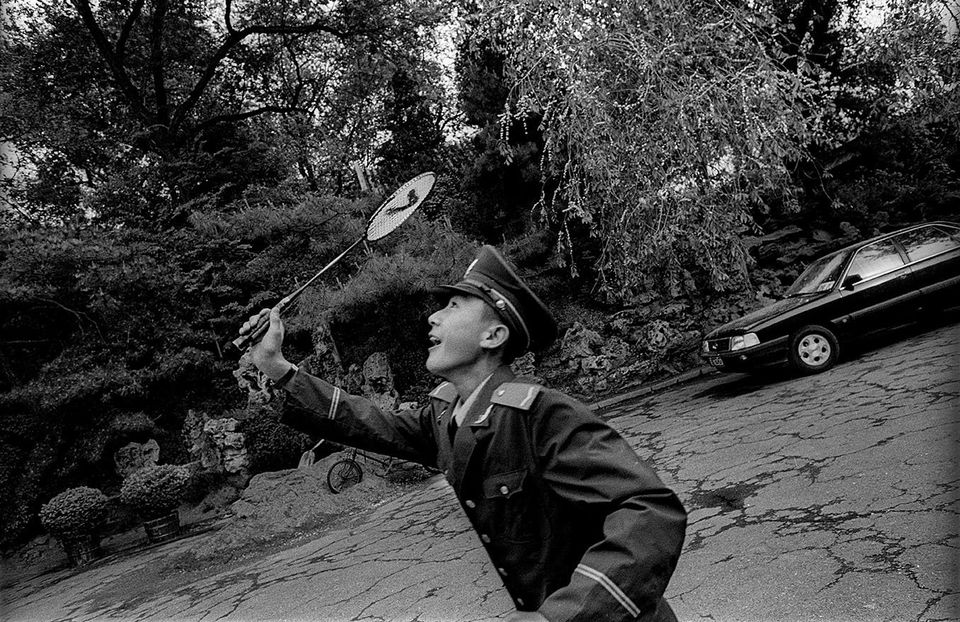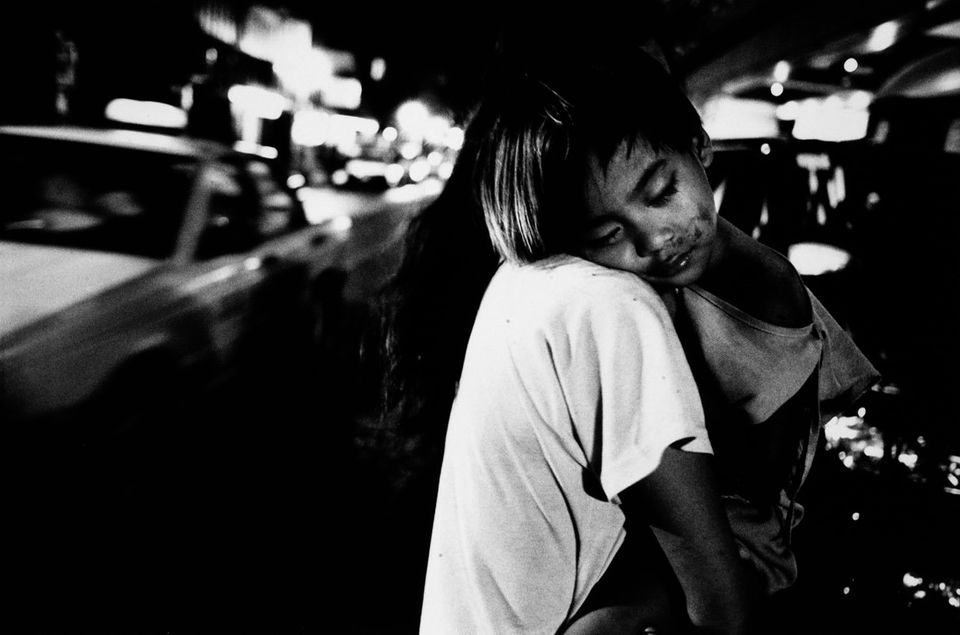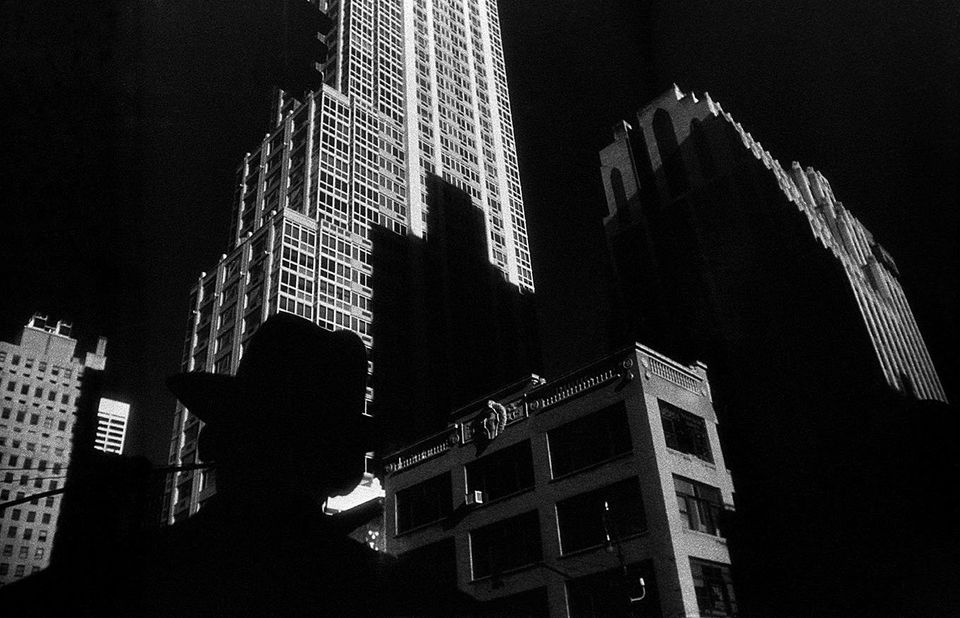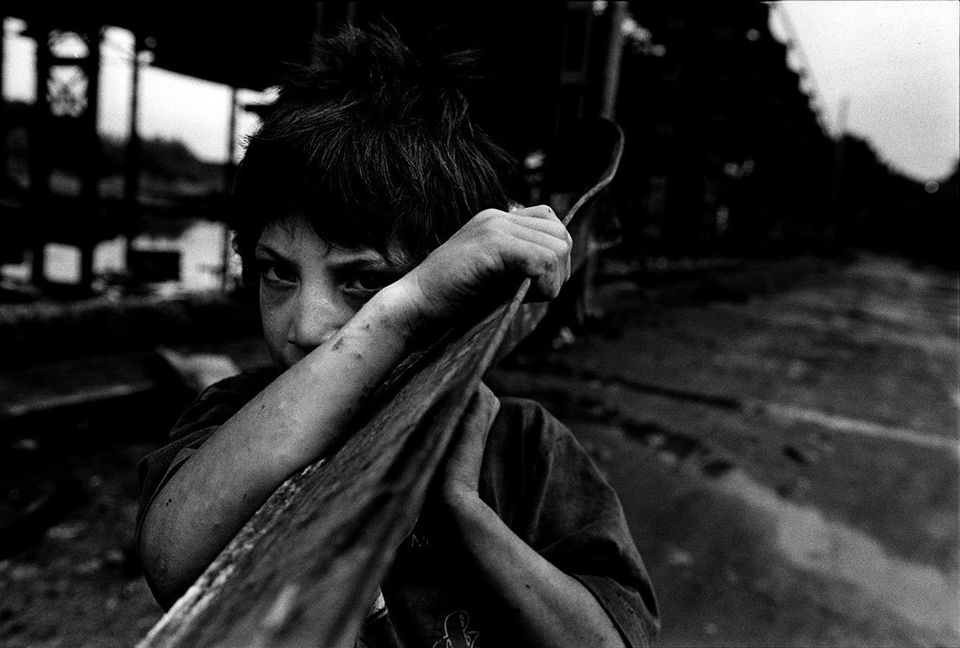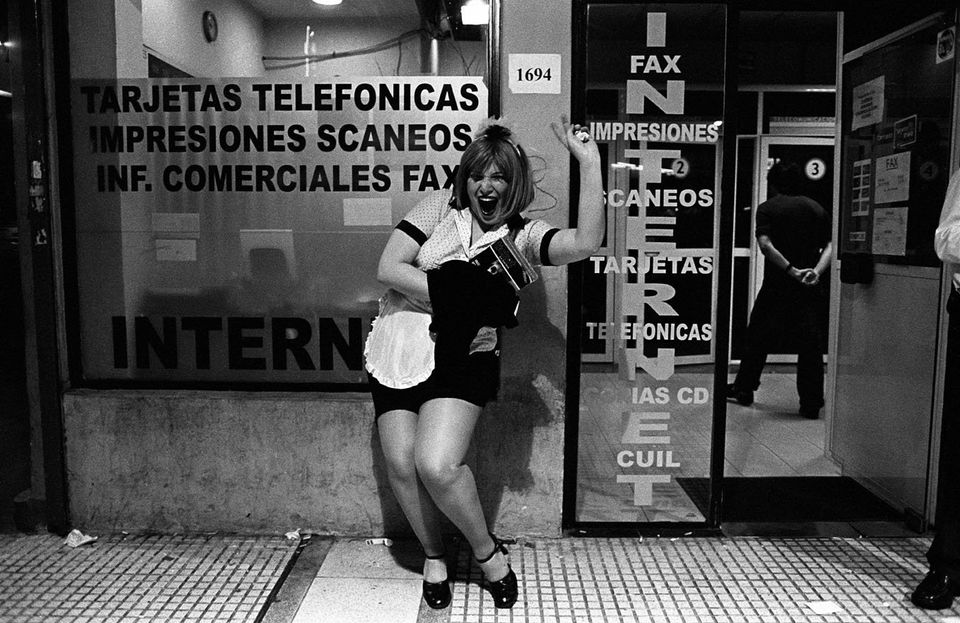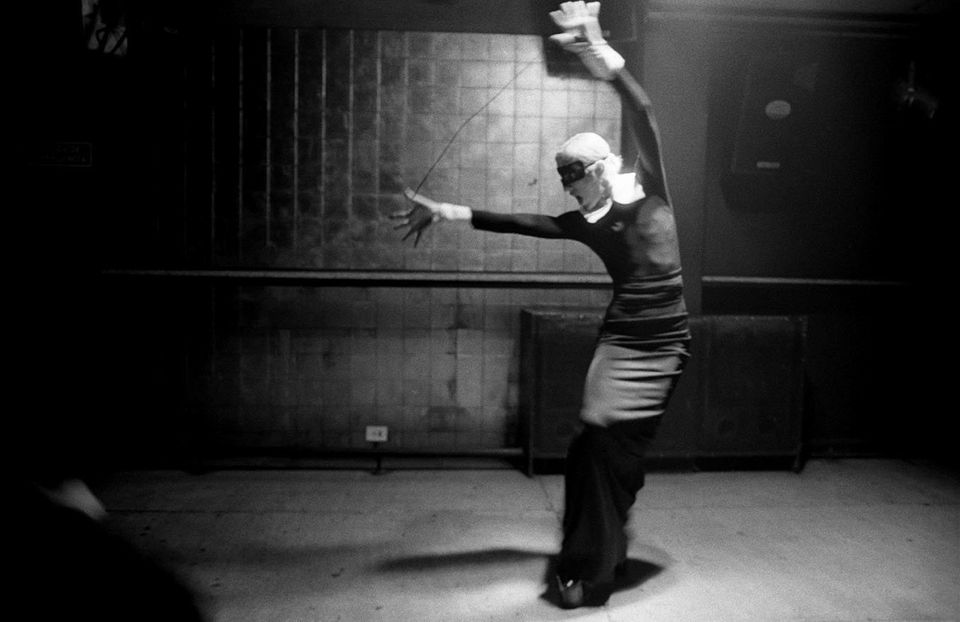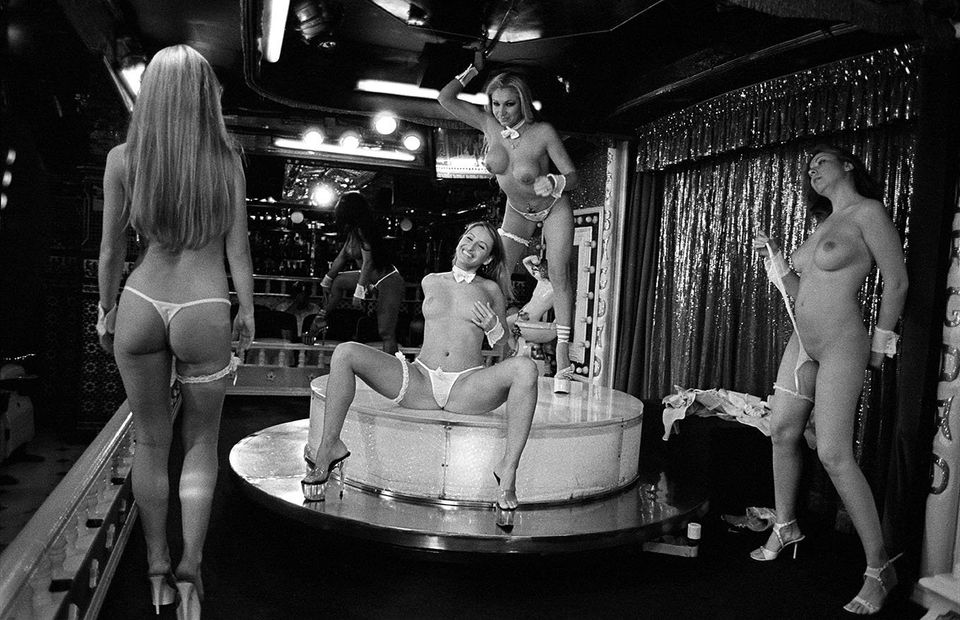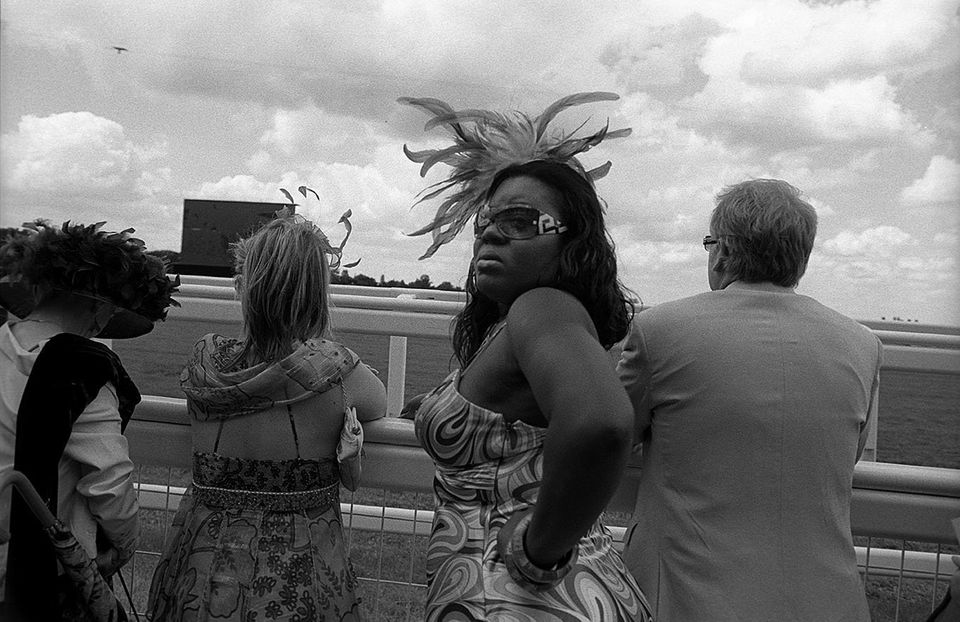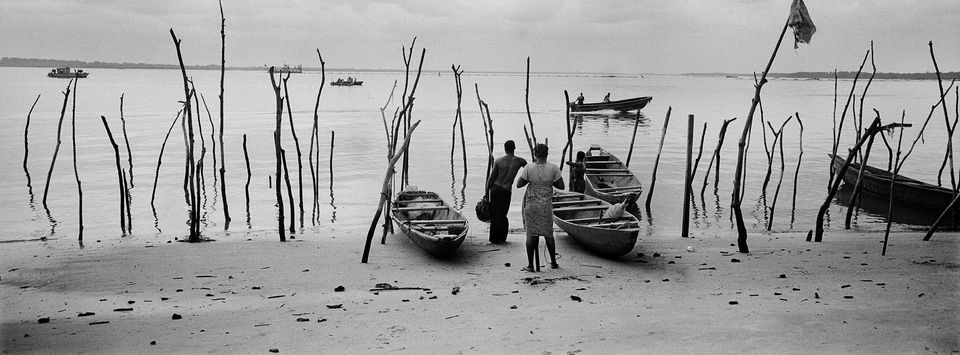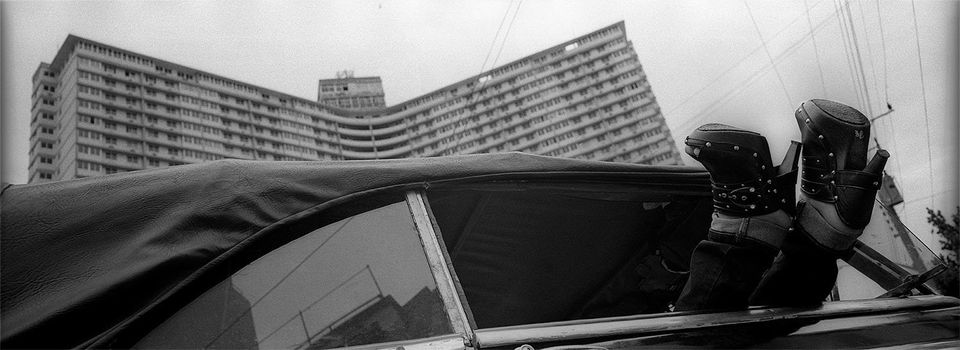Massimo Sciacca is perhaps the most important Italian photojournalist around. In 1998, he received first place at the World Press awards, and in 2015 he will be celebrating 30 intense years of work in one of the world’s most difficult and riskiest professions.
Since the advent of web-based reporting, being a photojournalist has meant being a photographer and film director at the same time. Sciacca found himself extremely suited to both aspects of the profession. Whichever form of media he uses, his ethos always remains the same: that of a true-born photojournalist guided by intuition.
He explains it best himself, when he talks about the jobs he does: “Usually I arrive somewhere with a simple outline. Curiosity and contact with the people in the street are often the key to opening up the doors that incredible stories are hiding behind,” he told HuffPost. He always travels alone, except when he is covering news.
“I prefer to travel for myself,“ he explains simply, “because it is the best way to come into contact with the reality that you want to convey. When you’re covering the news it’s inevitable that you’ll build up friendships and working relationships with your colleagues in the field.”
Looking back at his travels puts his life in perspective: he was present at some of the most important conflicts of the last decades, and has been to many countries where danger is ever-present. The fact that he could have been killed at some point in his career is something he always keeps in mind. “When you choose this profession, you need to be aware of the possibility that you might not come back. Uncertainty lies around every corner, and it’s likely that you’ll never really know when and how close you are to the possibility of death.”
In essence, being a photojournalist means coming into contact with hell on earth every day. It is difficult not to carry all of that horror with you. What is it like to be on a battlefield one day, and the next be calmly watching TV in your living room? “Choosing to report conflicts,” Sciacca says, “has been an important lesson in humility. The people you meet, who are often victims of every kind of violence and abuse, convey a dignity that you can’t ignore once you return home. It definitely changes your everyday life.”
The experience that had the greatest impact on him occurred in Sarajevo, which he considered a second home. “The conflict in former Yugoslavia deeply affected my private as well as my professional life. The friends I made in Bosnia I am still friends with today, all those years later.”
In terms of change, it has not necessarily been easy for Sciacca to adapt to the digital age. In some ways, he has not really adapted at all: he continues to work with analog film and in black-and-white. Even though classical formats have given way to new technologies, and color has become an obligatory part of his profession, he has thankfully maintained his reputation as a cutting-edge photojournalist even in a digital world.
So, what has he taken from 30 years working in extreme environments? “Having seen and reported so many things,” he explains, “is a double-edged sword: the satisfaction of doing the work contrasts with the necessity of raising the bar for future work.“ In other words, the game is still on, and the best is yet to come.
This post originally appeared on HuffPost Italy and was translated into English. See selections from Sciacca's career below.
1993, Sarajevo (Bosnia Herzegovina)
Massimo Sciacca
1994, Sarajevo (Bosnia Herzegovina)
Massimo Sciacca
1994, Sarajevo (Bosnia Herzegovina)
Massimo Sciacca
1995, Territory of North Iraq (Iraq)
Massimo Sciacca
1995, Dijarbakir Kurdistan
Massimo Sciacca
1995, Mostar (Bosnia Herzegovina)
Massimo Sciacca
1995, Mostar (Bosnia Herzegovina)
Massimo Sciacca
1996, Palermo (Italy)
Massimo Sciacca
1996, Palermo (Italy)
Massimo Sciacca
1996, Palermo (Italy)
Massimo Sciacca
1997, Saranda (Albania)
Massimo Sciacca
1997, Qtet Stalin (Albania)
Massimo Sciacca
1997, Prennijas (Albania)
Massimo Sciacca
1998, Jakarta (Indonesia)
Massimo Sciacca
1999, Rome (Italy)
Massimo Sciacca
1999, Rome (Italy)
Massimo Sciacca
1999, East Timor (Indonesia)
Massimo Sciacca
1999, Kosovo
Massimo Sciacca
2001, Hong Kong
Massimo Sciacca
2001, Hong Kong
Massimo Sciacca
2001, Hong Kong
Massimo Sciacca
2001, Herat (Afghanistan)
Massimo Sciacca
2001, Herat (Afghanistan)
Massimo Sciacca
2001, Kandahar (Afghanistan)
Massimo Sciacca
2001, Herat (Afghanistan)
Massimo Sciacca
2001, Qom (Iran)
Massimo Sciacca
2001, Qom (Iran)
Massimo Sciacca
2001, Qom (Iran)
Massimo Sciacca
2001, Beijing (China)
Massimo Sciacca
2002, Manila (Philippines)
Massimo Sciacca
2002, Manila (Philippines)
Massimo Sciacca
2005, Moorea Island (French Polynesia)
Massimo Sciacca
2005, New York City (USA)
Massimo Sciacca
2006, Buenos Aires (Argentina)
Massimo Sciacca
2006, Buenos Aires (Argentina)
Massimo Sciacca
2007, Texas (USA)
Massimo Sciacca
2007, Nevada (USA)
Massimo Sciacca
2007, Buenos Aires (Argentina)
Massimo Sciacca
2007, Mendoza (Argentina)
Massimo Sciacca
2007, Barcelona (Spain)
Massimo Sciacca
2008, Ascot (England)
Massimo Sciacca
2008, Ascot (England)
Massimo Sciacca
2008, Ascot (England)
Massimo Sciacca
2012, Port Harcourt (Nigeria)
Massimo Sciacca
2012, Badagri (Nigeria)
Massimo Sciacca
2012, Badagri (Nigeria)
Massimo Sciacca
2012, Niger Delta (Nigeria)
Massimo Sciacca
2012, La Havana (Cuba)
Massimo Sciacca
2012, La Havana (Cuba)
Massimo Sciacca
2012, Trinidad (Cuba)
Massimo Sciacca
Support HuffPost
Our 2024 Coverage Needs You
Your Loyalty Means The World To Us
At HuffPost, we believe that everyone needs high-quality journalism, but we understand that not everyone can afford to pay for expensive news subscriptions. That is why we are committed to providing deeply reported, carefully fact-checked news that is freely accessible to everyone.
Whether you come to HuffPost for updates on the 2024 presidential race, hard-hitting investigations into critical issues facing our country today, or trending stories that make you laugh, we appreciate you. The truth is, news costs money to produce, and we are proud that we have never put our stories behind an expensive paywall.
Would you join us to help keep our stories free for all? Your contribution of as little as $2 will go a long way.
Can't afford to donate? Support HuffPost by creating a free account and log in while you read.
As Americans head to the polls in 2024, the very future of our country is at stake. At HuffPost, we believe that a free press is critical to creating well-informed voters. That's why our journalism is free for everyone, even though other newsrooms retreat behind expensive paywalls.
Our journalists will continue to cover the twists and turns during this historic presidential election. With your help, we'll bring you hard-hitting investigations, well-researched analysis and timely takes you can't find elsewhere. Reporting in this current political climate is a responsibility we do not take lightly, and we thank you for your support.
Contribute as little as $2 to keep our news free for all.
Can't afford to donate? Support HuffPost by creating a free account and log in while you read.
Dear HuffPost Reader
Thank you for your past contribution to HuffPost. We are sincerely grateful for readers like you who help us ensure that we can keep our journalism free for everyone.
The stakes are high this year, and our 2024 coverage could use continued support. Would you consider becoming a regular HuffPost contributor?
Dear HuffPost Reader
Thank you for your past contribution to HuffPost. We are sincerely grateful for readers like you who help us ensure that we can keep our journalism free for everyone.
The stakes are high this year, and our 2024 coverage could use continued support. If circumstances have changed since you last contributed, we hope you’ll consider contributing to HuffPost once more.
Already contributed? Log in to hide these messages.





